Cardiopulmonary Resuscitation (CPR) and Automated External Defibrillator (AED) are both crucial interventions in the chain of survival during cardiac emergencies. This guide aims to clarify the distinctions between CPR and AED, providing a comprehensive understanding of when and how to use each life-saving technique.
CPR: Hands-On Support
Cardiopulmonary Resuscitation involves a series of chest compressions and rescue breaths to manually circulate blood and oxygen when a person’s heart has stopped beating. CPR is a vital initial response while awaiting professional medical help.
When to Use CPR:
- Unconsciousness
- Absence of breathing
- Absence of pulse
AED: Electric Shock for Heart Rhythm Restoration
An Automated External Defibrillator is a portable device that delivers an electric shock to the heart to restore a normal rhythm during sudden cardiac arrest. AEDs are user-friendly, providing audible instructions for responders.
When to Use AED:
- Unconsciousness
- Absence of breathing
- Absence of pulse
- Sudden collapse
Step-by-Step Response:
- Assess the Situation
Check for responsiveness, breathing, and a pulse. If the person is unresponsive with no breathing or pulse, start CPR.
- Call for Emergency Assistance
Dial emergency services (911 or local emergency number) immediately.
- Begin CPR
Perform chest compressions at a rate of 100-120 compressions per minute. If trained, incorporate rescue breaths.
- Use AED
If an AED is available, turn it on and follow the prompts. Attach the AED pads to the person’s chest as directed. If advised, deliver a shock and resume CPR.
- Continue CPR and AED Use
Continue the cycle of chest compressions and AED use until emergency services arrive or the person shows signs of life.
ByGrace CPR Compliance: Integrating CPR and AED Training
At ByGrace CPR Compliance, we offer integrated training programs covering both CPR and AED techniques. Our courses ensure individuals are well-prepared to respond effectively in emergencies, maximizing the chances of a positive outcome.
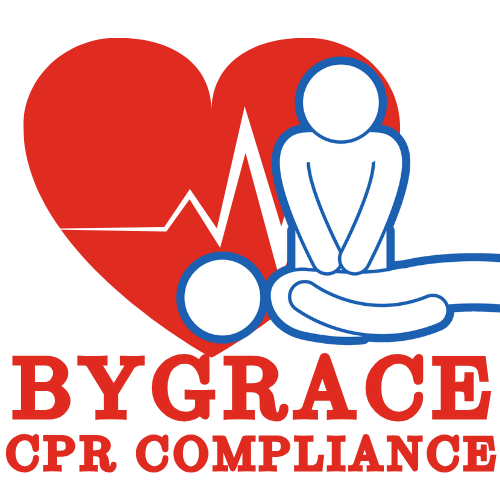
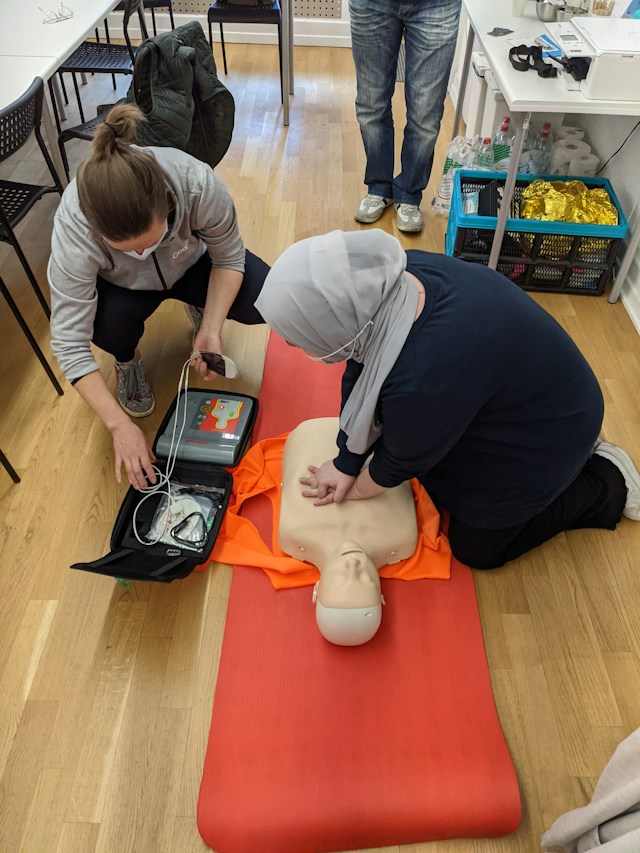
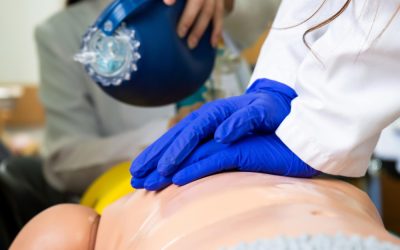
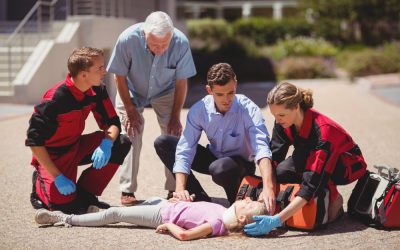
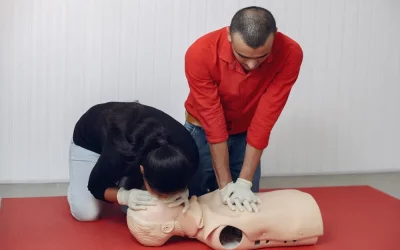
0 Comments